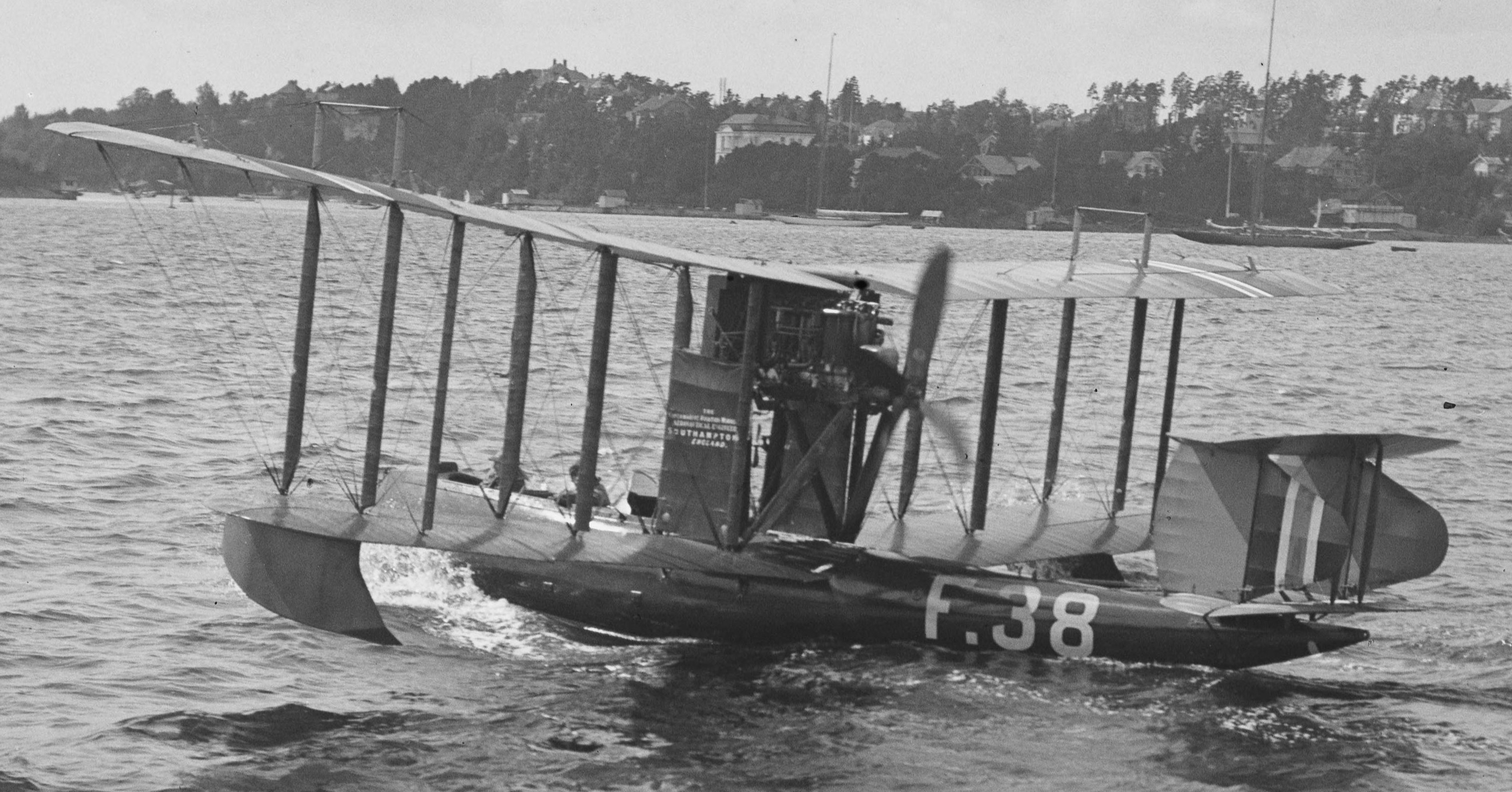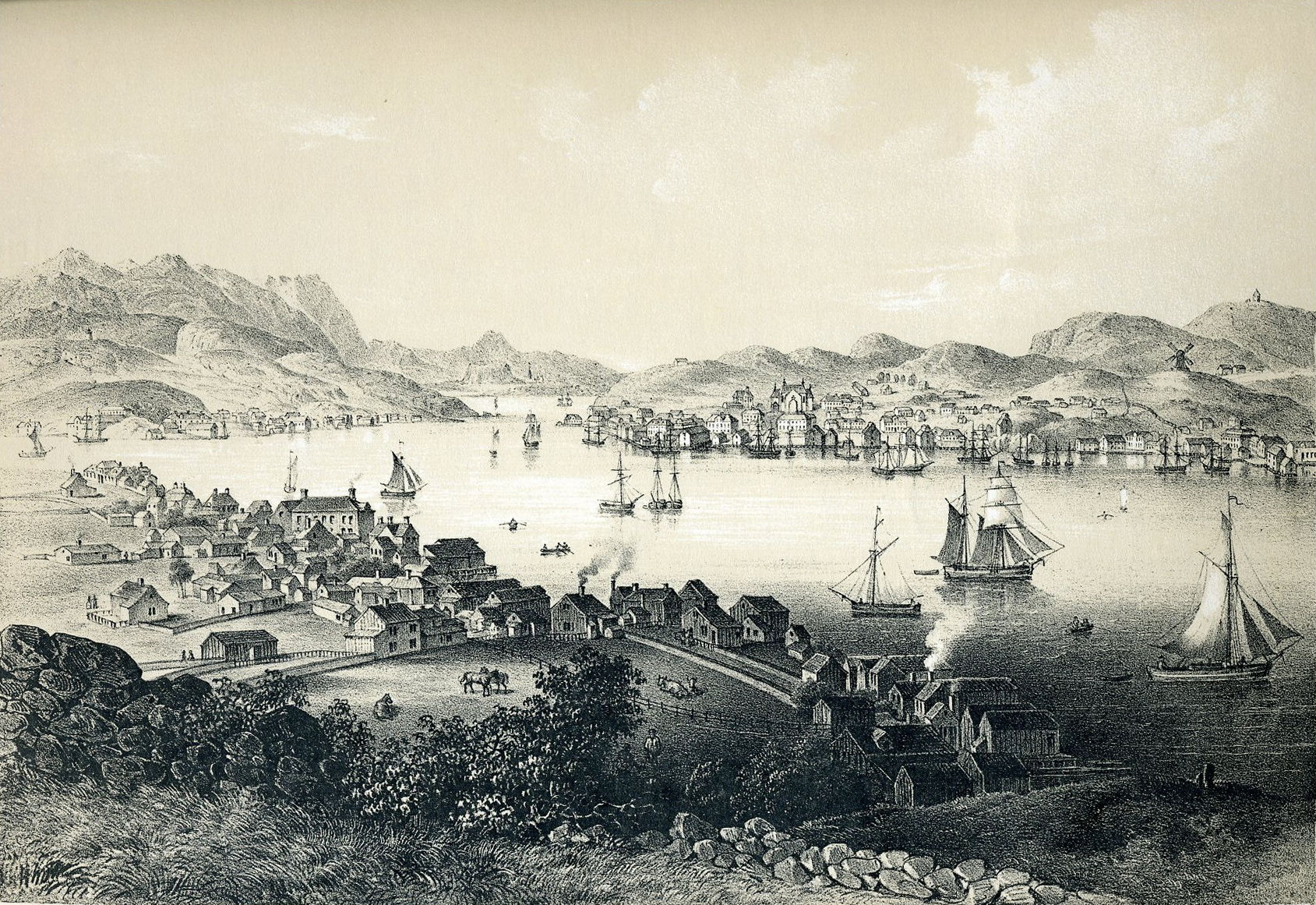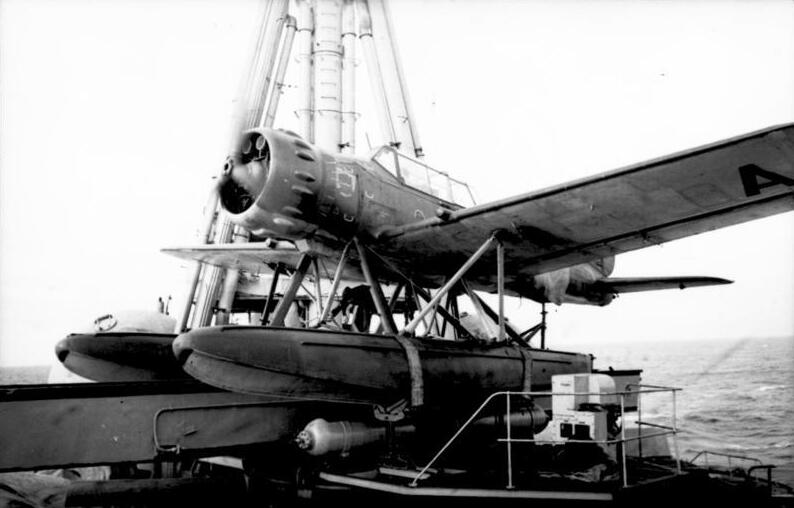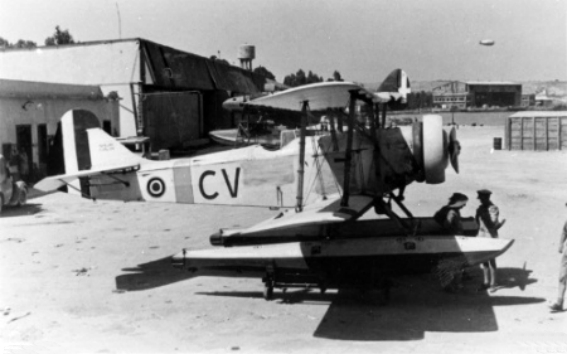|
List Of Military Aircraft Of Norway
List of military aircraft of Norway consists of the aircraft of Royal Norwegian Air Force, established in 1944 with the amalgamation of the Royal Norwegian Navy Air Service and the Norwegian Army Air Service, both of which were established in 1912. Below is a list of aircraft used by the Norwegian Air Forces throughout their history. The majority of aircraft before 1940 were built in Norway while the majority of aircraft used after 1940 were built either in the United Kingdom or the United States. Aircraft used by the Air Force and its predecessors References *''Norske militærfly 1912-1940''. (Arnesen, Odd. 2003) *''Hærens og marinens flyvåpen 1912-1945''. ( Meyer, Fredrik. 1973) *''Fra Spitfire til F-16 - Luftforsvaret 50 år 1944-1994'' (Arheim, Hafsten, Olsen, Thuve. 1994) *''Oppdrag utført - Norges luftmilitære kulturarv'' (Glenne, Roar. 2012) {{DEFAULTSORT:Military Aircraft Of Norway * Norway Aircraft Aircraft ... [...More Info...] [...Related Items...] OR: [Wikipedia] [Google] [Baidu] |
Royal Norwegian Navy Air Service
The Royal Norwegian Navy Air Service ( no, Marinens flyvevesen) was alongside the Norwegian Army Air Service the forerunner to the modern-day Royal Norwegian Air Force. History The RNNAS was established on 1 June 1912,Official Norwegian Defence Force websiteThe first military flight in Norway with the maiden flight of the HNoMS Start, piloted by Hans Dons. The founding of the Air Service was based largely on pride. On 19 April 1912 newspapers had reported that a Swedish pilot was planning to fly over Moss and Horten. Horten was the site of the main base of the Royal Norwegian Navy. Three officers of the Norwegian submarine ''Kobben'' decided that it would be a shame if they were not able to beat him to it. Later that year, the Maurice Farman biplanes ''Njaal'' and ''Gange Rolf'' were purchased. In 1915 the Navy established its own aircraft factory and a flying school. The main flight base was established in Horten. Other naval air stations were established in Kristiansand ... [...More Info...] [...Related Items...] OR: [Wikipedia] [Google] [Baidu] |
AD Flying Boat
The AD Flying Boat was designed by the British Admiralty's Air Department to serve as a patrol aircraft that could operate in conjunction with Royal Navy warships. Intended for use during the First World War, production of the aircraft was terminated as the end of the war came into sight, and the type saw little operational use. A number were repurchased after the end of the war by Supermarine Aviation and rebuilt as civil transports, becoming known as the Supermarine Channel. Design and development Designed in 1915 by the British yacht designer Linton Hope,Bruce 1957, p.3. the aircraft was of conventional biplane flying-boat configuration, and also featured a biplane tail with twin rudders. The pilot and observer sat in tandem in the nose, with the engine and pusher propeller mounted behind them, between the wings. The wings could be folded forwards to facilitate shipboard stowage. Two prototypes were constructed in 1916 by Pemberton-Billing Ltd (later to become Supermarine ... [...More Info...] [...Related Items...] OR: [Wikipedia] [Google] [Baidu] |
Glasgow
Glasgow ( ; sco, Glesca or ; gd, Glaschu ) is the most populous city in Scotland and the fourth-most populous city in the United Kingdom, as well as being the 27th largest city by population in Europe. In 2020, it had an estimated population of 635,640. Straddling the border between historic Lanarkshire and Renfrewshire, the city now forms the Glasgow City Council area, one of the 32 council areas of Scotland, and is governed by Glasgow City Council. It is situated on the River Clyde in the country's West Central Lowlands. Glasgow has the largest economy in Scotland and the third-highest GDP per capita of any city in the UK. Glasgow's major cultural institutions – the Burrell Collection, Kelvingrove Art Gallery and Museum, the Royal Conservatoire of Scotland, the Royal Scottish National Orchestra, Scottish Ballet and Scottish Opera – enjoy international reputations. The city was the European Capital of Culture in 1990 and is notable for its architecture, cult ... [...More Info...] [...Related Items...] OR: [Wikipedia] [Google] [Baidu] |
Kristiansund
Kristiansund (, ; historically spelled Christianssund and earlier named Fosna) is a municipality on the western coast of Norway in the Nordmøre district of Møre og Romsdal county. The administrative center of the municipality is the town of Kristiansund (established in 1742), which is the major town for the whole Nordmøre region. Other notable settlements in the municipality include the villages of Kvalvåg, Rensvik, and Nedre Frei. The municipality is the 333rd largest by area out of the 356 municipalities in Norway. Kristiansund is the 52nd most populous municipality in Norway with a population of 24,013. The municipality's population density is and its population has increased by 0.8% over the previous 10-year period. General information The parish of ''Christianssund'' was established as a municipality on 1 January 1838 (see formannskapsdistrikt law). Initially, the small island municipality included just the town of Christianssund and its immediate surrounding area ... [...More Info...] [...Related Items...] OR: [Wikipedia] [Google] [Baidu] |
Arado Ar 196
The Arado Ar 196 was a shipboard reconnaissance low-wing monoplane aircraft built by the German firm of Arado starting in 1936. The next year it was selected as the winner of a design contest and became the standard aircraft of the ''Kriegsmarine'' (German Navy) throughout World War II. Design and development In 1933, the ''Kriegsmarine'' looked for a standardized shipboard observation floatplane. After a brief selection period, the ''Reichsluftfahrtministerium'' (German Air Ministry, RLM) decided on the Heinkel He 60 biplane. This was one of a line of developments of a basic biplane airframe that appeared as a number of floatplanes, trainers, and fighters. Deliveries started in a matter of months. By 1935, it was found that the He 60's performance was lacking and the RLM asked Heinkel to design its replacement. The result was the He 114. The first prototype was powered by the Daimler-Benz DB 600 inline engine, but it was clear that supplies of this engine would be limited ... [...More Info...] [...Related Items...] OR: [Wikipedia] [Google] [Baidu] |
Junkers Ju 52
The Junkers Ju 52/3m (nicknamed ''Tante Ju'' ("Aunt Ju") and ''Iron Annie'') is a transport aircraft that was designed and manufactured by German aviation company Junkers. Development of the Ju 52 commenced during 1930, headed by German Aerospace engineering, aeronautical engineer Ernst Zindel. The aircraft's design incorporated a wikt:corrugated, corrugated duralumin metal skin as a strengthening measure, which was very unusual at the time. The Ju 52's maiden flight was performed on 13 October 1930. It was initially designed with a single engine, however, it was produced in quantity as a trimotor. The primary early production model, the ''Ju 52/3m'', was principally operated as a 17-seat airliner or utility transport aircraft by various civil operators during the 1930s. Following the rise of Nazi Germany, thousands of Ju 52s were procured as a staple military transport of the nation. The ''Ju 52/3mg7e'' was the principal production model. The Ju 52 was in production between 1 ... [...More Info...] [...Related Items...] OR: [Wikipedia] [Google] [Baidu] |
Heinkel He 115
The Heinkel He 115 was a three-seat World War II ''Luftwaffe'' seaplane. It was used as a torpedo bomber and performed general seaplane duties, such as reconnaissance and minelaying. The aircraft was powered by two 960 PS (947 hp, 720 kW) BMW 132K nine-cylinder air-cooled radial engines. Some later models could seat four, had different engines or used different weapon arrangements. Development and design In 1935, the German Reich Air Ministry (''RLM, Reichsluftfahrtministerium'') produced a requirement for a twin engined general purpose floatplane, suitable for patrol and for anti-shipping strikes with bombs and torpedoes. Proposals were received from Heinkel Flugzeugwerke and from the Blohm & Voss aircraft subsidiary Hamburger Flugzeugbau. On 1 November 1935, orders were placed with Heinkel and Hamburger Flugzeugbau for three prototypes each of their prospective designs, the He 115 and the Ha 140.''Air International'' February 1987, p.97.Donald 1994, p.108. The f ... [...More Info...] [...Related Items...] OR: [Wikipedia] [Google] [Baidu] |
Finn Lützow-Holm
Finn Trond Lützow-Holm (28 May 1890 – 4 June 1950) was a Norwegian military officer, aviation pioneer and polar explorer. He was born in Nesseby as a son of priest and politician Ole Arntzen Lützow-Holm (1853–1936) and Anne Marie Riddervold Jensen (1855–1934). His mother was a daughter of Peter Andreas Jensen and granddaughter of Hans Riddervold. In May 1918 he married headmaster's daughter Birgit Lund (1893–1983). Their daughter, named Birgit as well, married Alv Johnsen. Finn Lützow-Holm took part in the air surveyance of the Bouvet Island and of the Queen Maud Land in 1929 and 1931, together with Hjalmar Riiser-Larsen. He was commander of the Royal Norwegian Navy Air Service from 1938. Decorations and awards * Knight 1st Class of the Order of St. Olav - 1929 * Defence Medal 1940–1945 * Haakon VII 70th Anniversary Medal * Norwegian Aero Club's Gold Medal, * Gunnerus Medal in silver, * French Legion of Honour * Italian Al Valor Aeronautica See also * Lützow- ... [...More Info...] [...Related Items...] OR: [Wikipedia] [Google] [Baidu] |
Breda Ba 28
The Breda Ba.25 was an Italian two-seat biplane trainer designed and built by the Breda company. It was the most widely used Italian basic trainer of the 1930s. Design and development The first flight took place near Milan in 1931. Initially designed as a single-seat aircraft, the prototype was later converted to a two-seat fuselage. Flight testing of the two-seat variant was successful, and in late 1931 ''Regia Aeronautica'' ordered a series of 100 Ba.25 training aircraft. The student and instructor sat in open tandem cockpits, although some versions had a single-bay cockpit. The initial production order was completed by 1935, but demand for the aircraft increased and production for the ''Regia Aeronautica'' totalled 719 by the end of 1938. Many others were produced for export or for private use with different radial engines like the Alfa Romeo Lynx or Walter Castor. Operational history The Ba.25 remained in service of the Regia Aeronautica as a training aircraft during World ... [...More Info...] [...Related Items...] OR: [Wikipedia] [Google] [Baidu] |
Douglas DT-2
The Douglas DT bomber was the Douglas Aircraft Company's first military contract, forging a link between the company and the United States Navy. Navy Contract No. 53305 of April 1, 1921, required only 18 pages to set out the specifications that resulted in the purchase of three DT (D for Douglas, T for torpedo) folding-wing aircraft. The DT used a welded steel fuselage with aluminum covering the forward and center sections and fabric covering the rear section. Douglas built 46 DT-1 and DT-2 torpedo bombers for the U.S. Navy, Norwegian Navy, and Peruvian Navy. 20 DT-2 aircraft were built under license by the L-W-F Engineering Company Inc., six by the Naval Aircraft Factory (NAF), and 11 by the Dayton-Wright Company. Another seven were built for Norway under license by Marinens Flyvebåtfabrik. Although still in service when the Germans invaded Norway, the Norwegian DTs did not see action in the Norwegian Campaign. The DT could be fitted either with pontoons or wheeled landing ... [...More Info...] [...Related Items...] OR: [Wikipedia] [Google] [Baidu] |








